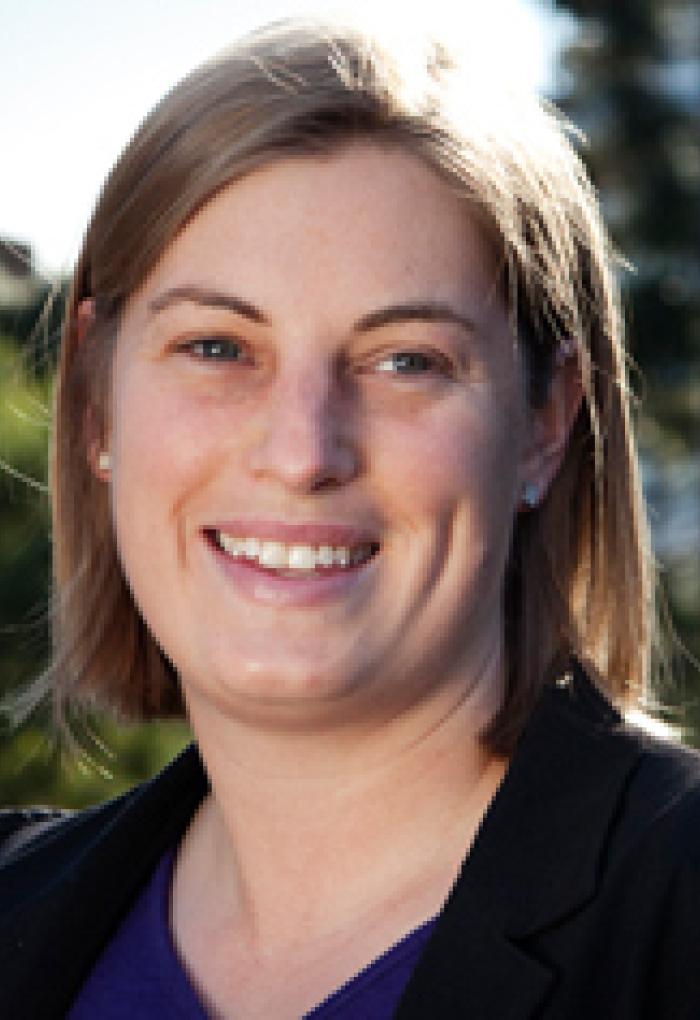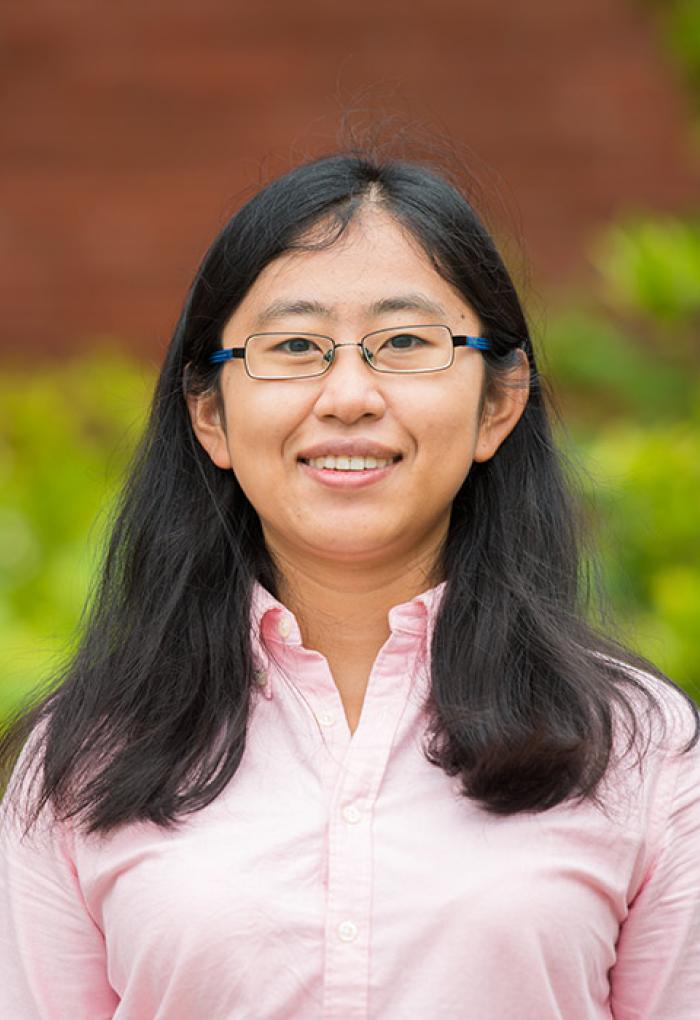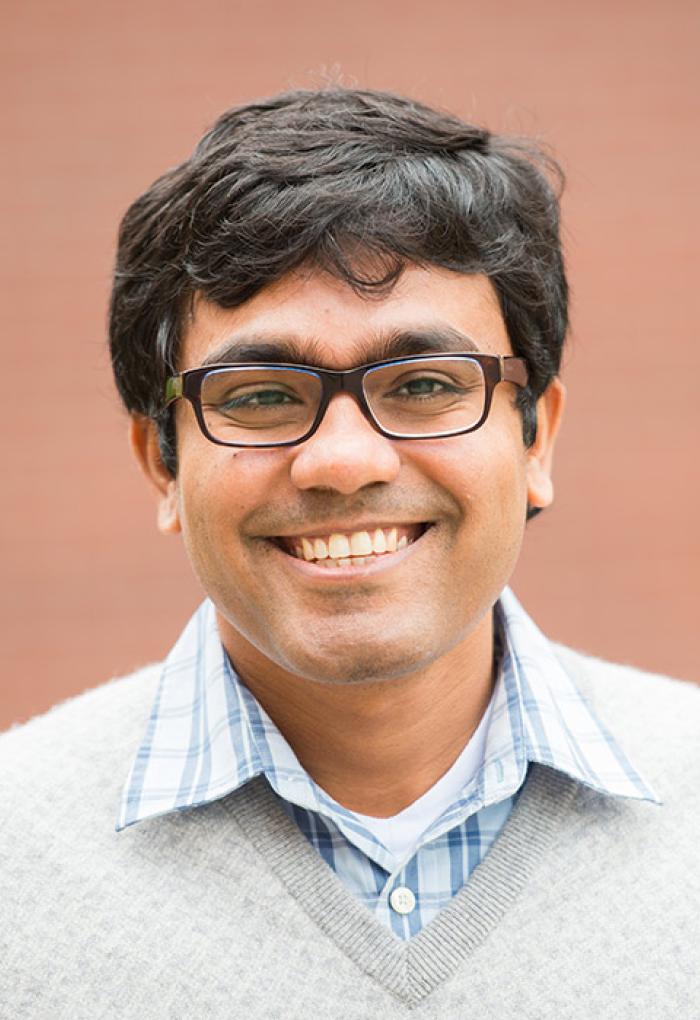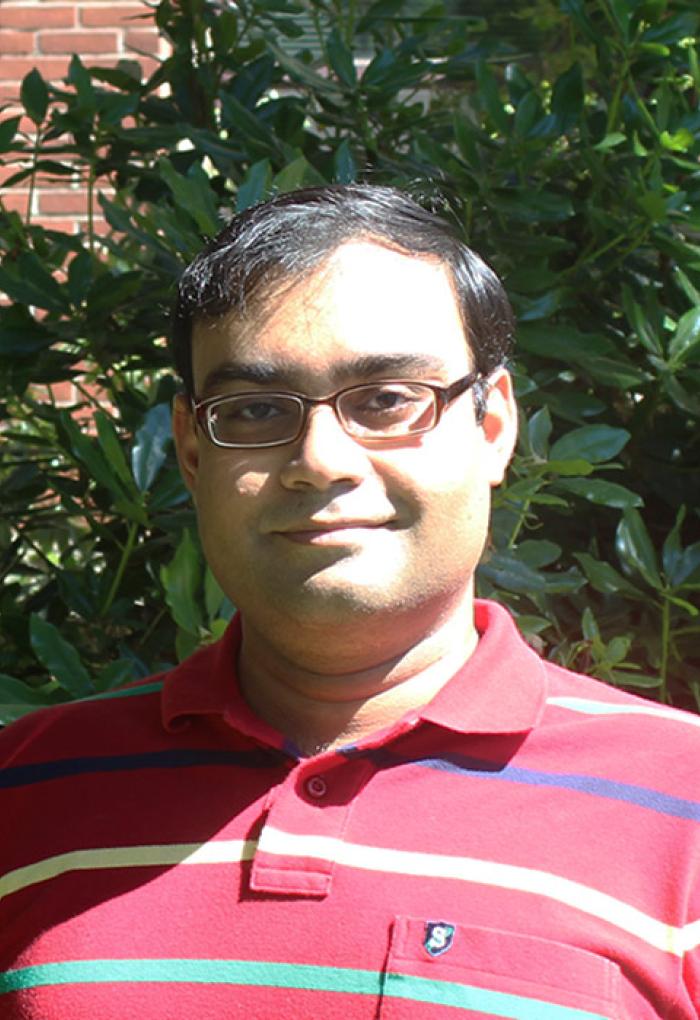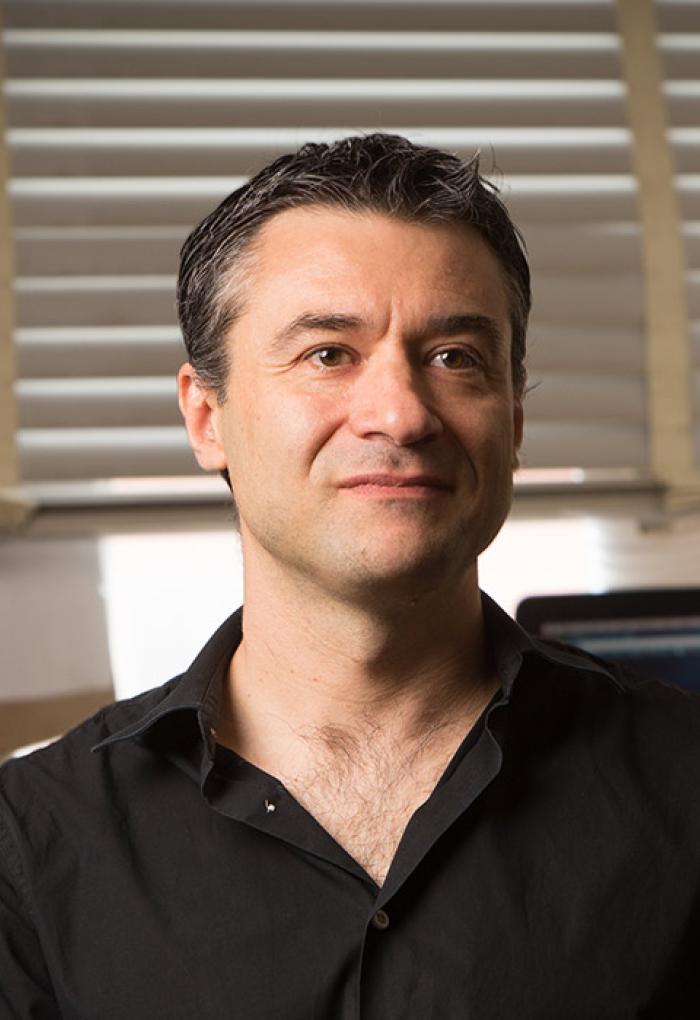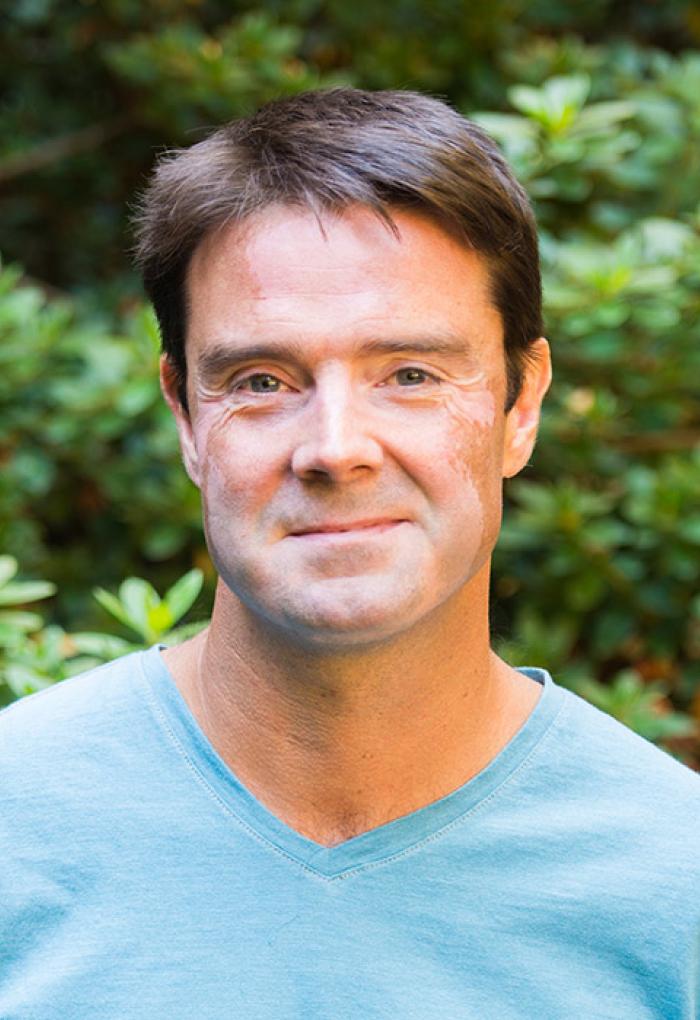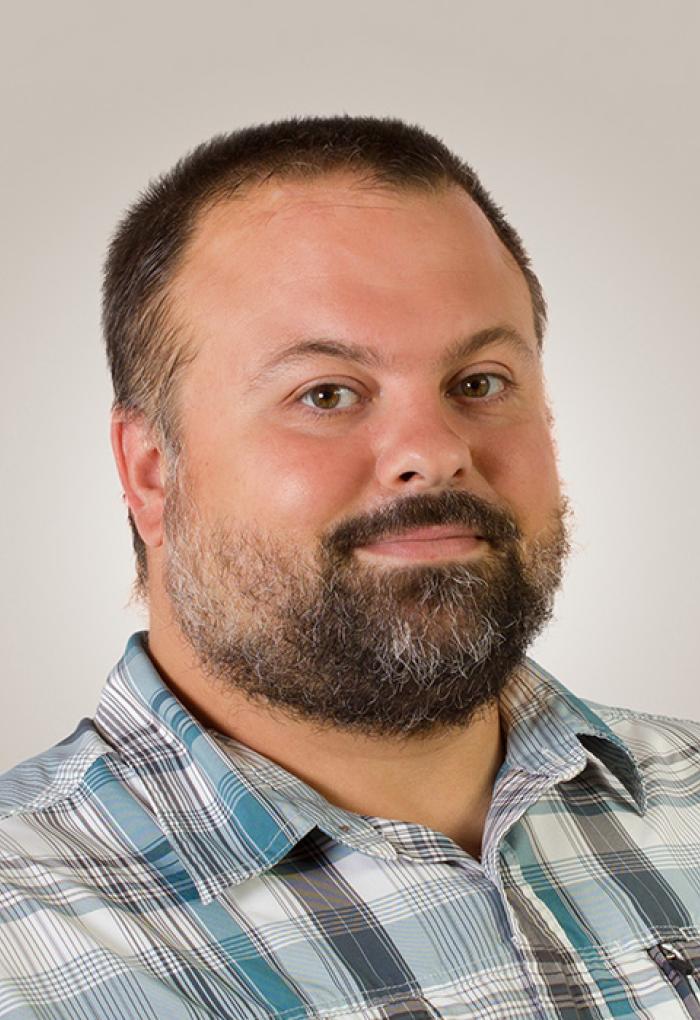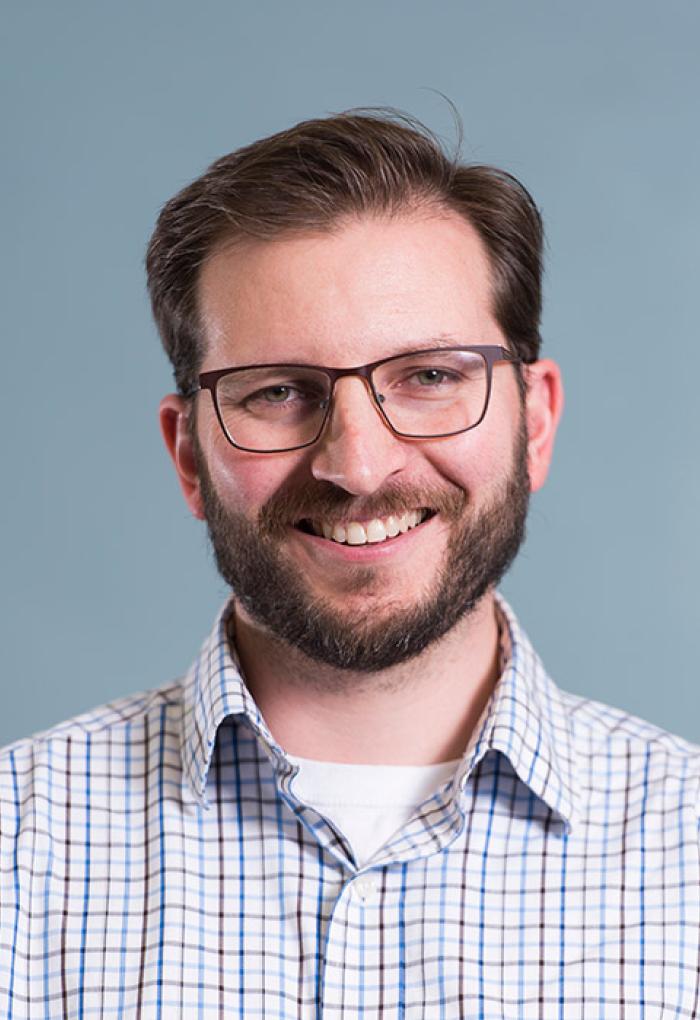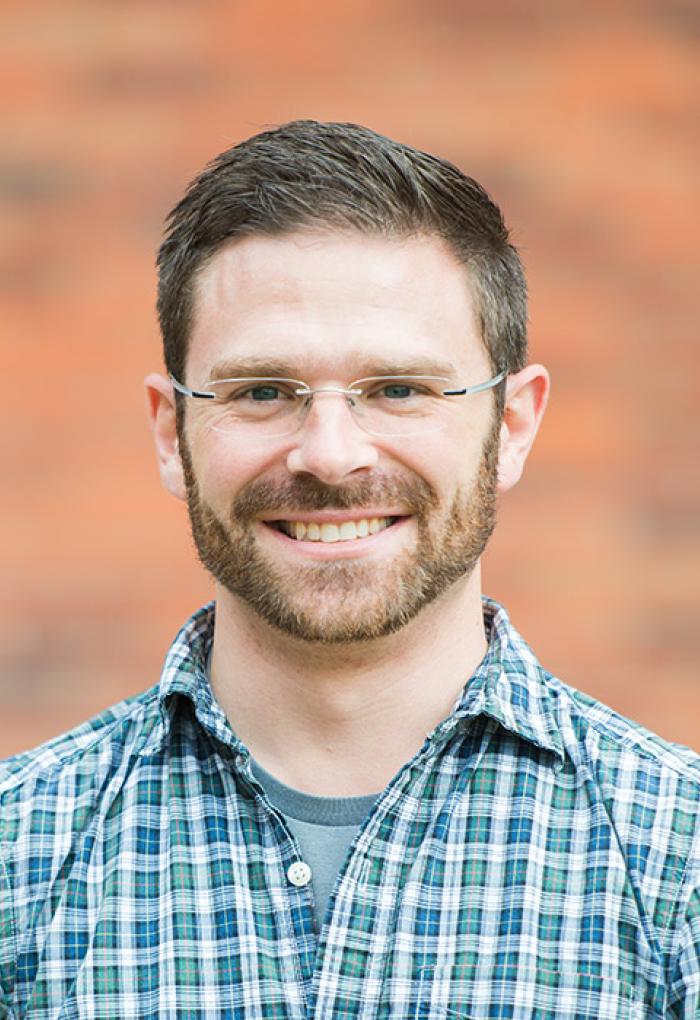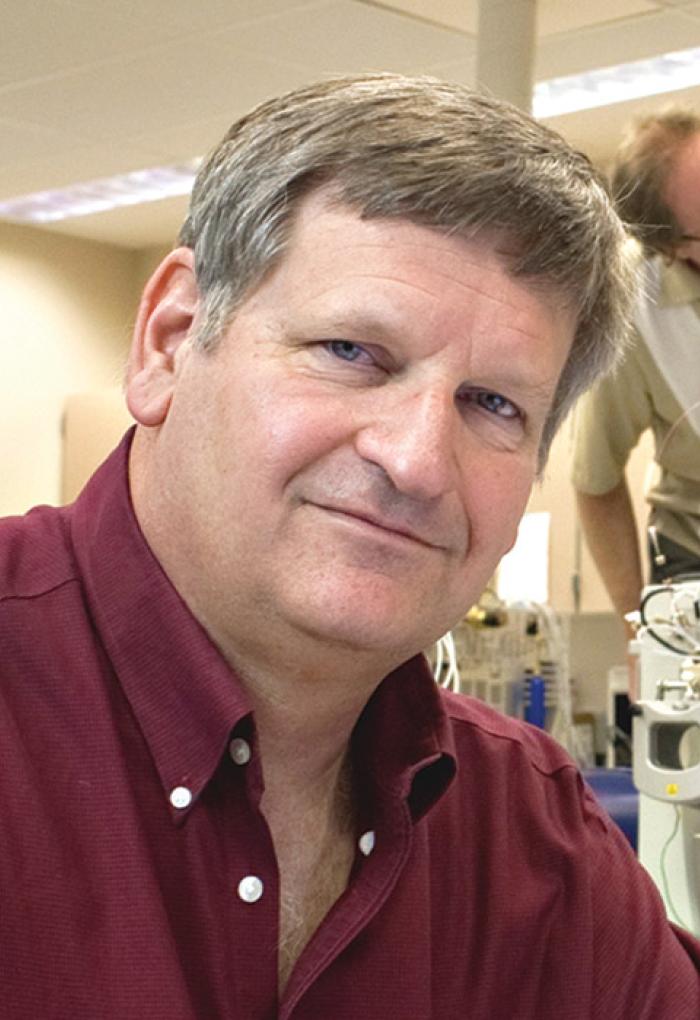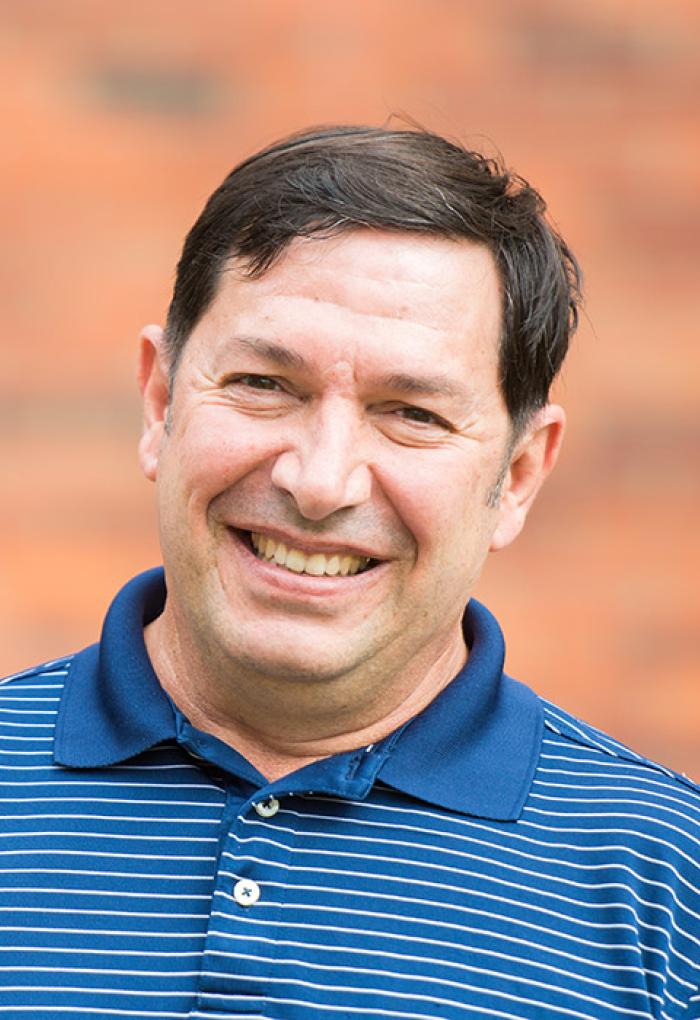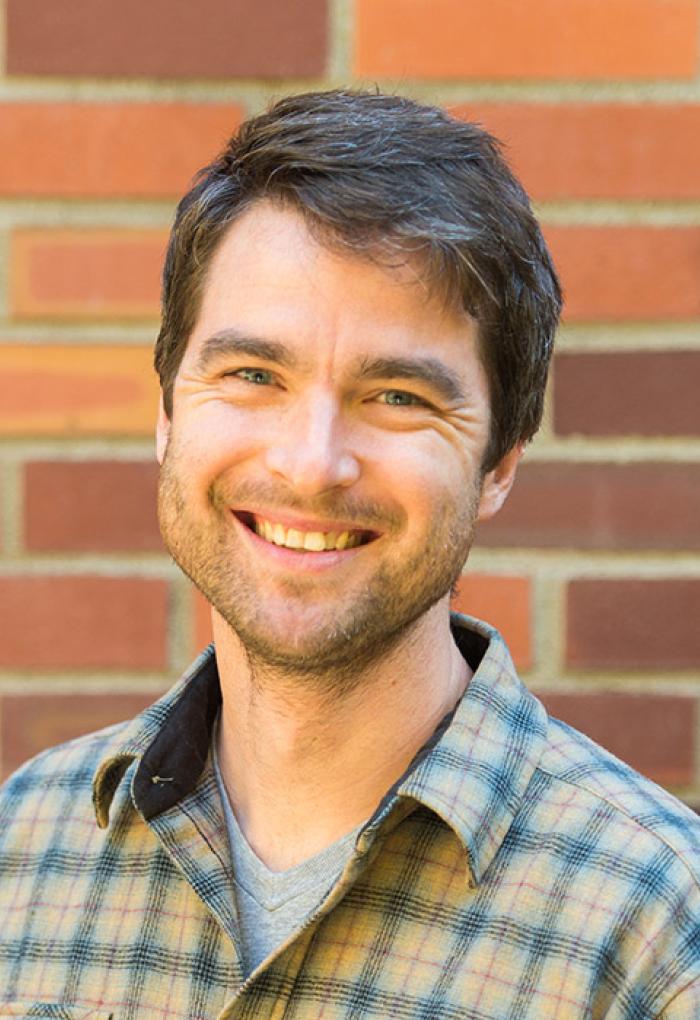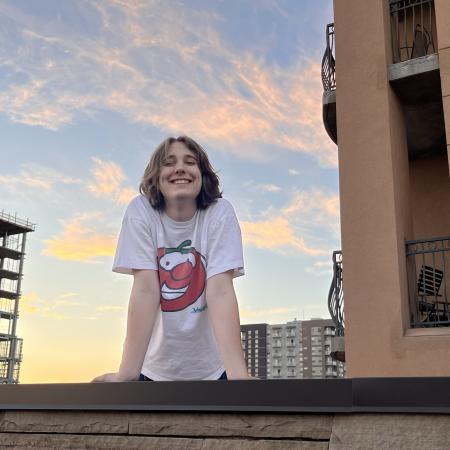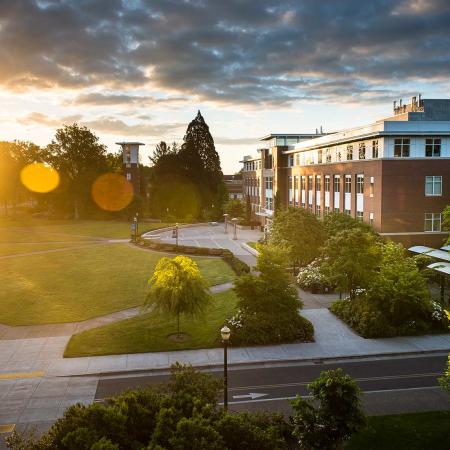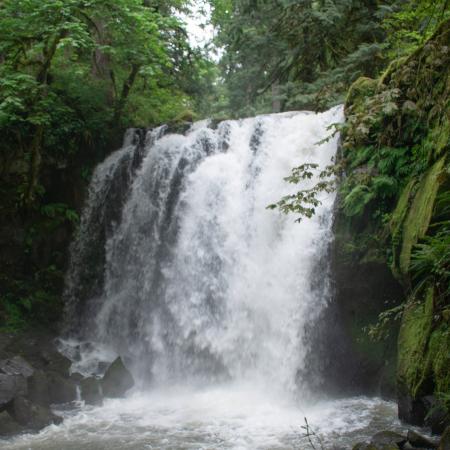Data science is a strategic opportunity for the College of Science. By making strategic investments in mathematics, statistics and life sciences faculty, the College has extended its impact of data science on transdisciplinary research. In a science-without-borders approach, the College is deepening engagement between data science and other sciences, engineering, education, arts and business. Cluster hiring in bioinformatics across disciplines has brought expertise in mathematical biology; ecological, evolutionary, and functional properties of the microbiome; and deep sequencing data.
Read more about data science in the College of Science in our iMPACT magazine.
Charlotte Wickham, Statistics
“Our visual system is one of the fastest ways for us to consume information. The goal of my research is to harness this strength, not only to help scientists make discoveries, but also to engage and communicate with the public at large.

